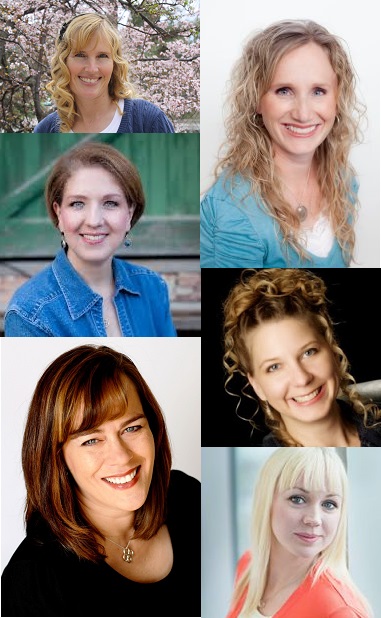A popular post from February 2008
by Annette Lyon
When an artist draws a picture, he begins with basic sketches: the general shapes of the objects in the piece. Gradually he adds more details here and there, and eventually he'll finish up with subtle shading.
To expect those nuances of color and light right up front would be ridiculous.
The same goes for writing. Drafting is akin to sketching. You write out the bare bones, the general shape of the story. As you go through various rewrites, you'll add the shading, fleshing it out so now we can see the details on the leaf, the individual hairs on the woman's head, so to speak.
So many writers feel like failures when their drafts don't have those subtle shadings that make a work come alive, not realizing that what they're looking at is a sketch of their story. It's not the final draft. It might look a little flat. It might lack texture and depth.
That's what rewriting . . . shading . . . is all about.
At a writing conference years ago, one of the presenters (a successful novelist) admitted:
"I'm a terrible writer. But I'm a great rewriter."
I have to remind myself of this sometimes when I see drafts of friends which blow mine out of the water. It's all right if my rough drafts are, well, rough.
I can rewrite. Polish. Shade.
That's the key. A good writer is a rewriter.
Subscribe to:
Post Comments (Atom)







3 comments:
It took me a long time to learn this lesson, but now that I finally have it is extremely liberating. I have been able to write and write on my rough draft without expecting perfection.
Now if I can just get past the draft stage and into rewrites...
I love your posts. I love this blog. :) This is a really great analogy. It helps me put things in a better perspective. :)
I love that quote, Annette. I think "re-writing" is so hard, but it's worth it in the end.
Post a Comment